Home>Technology>Smart Home Devices>How To Print Cardstock On HP Printer
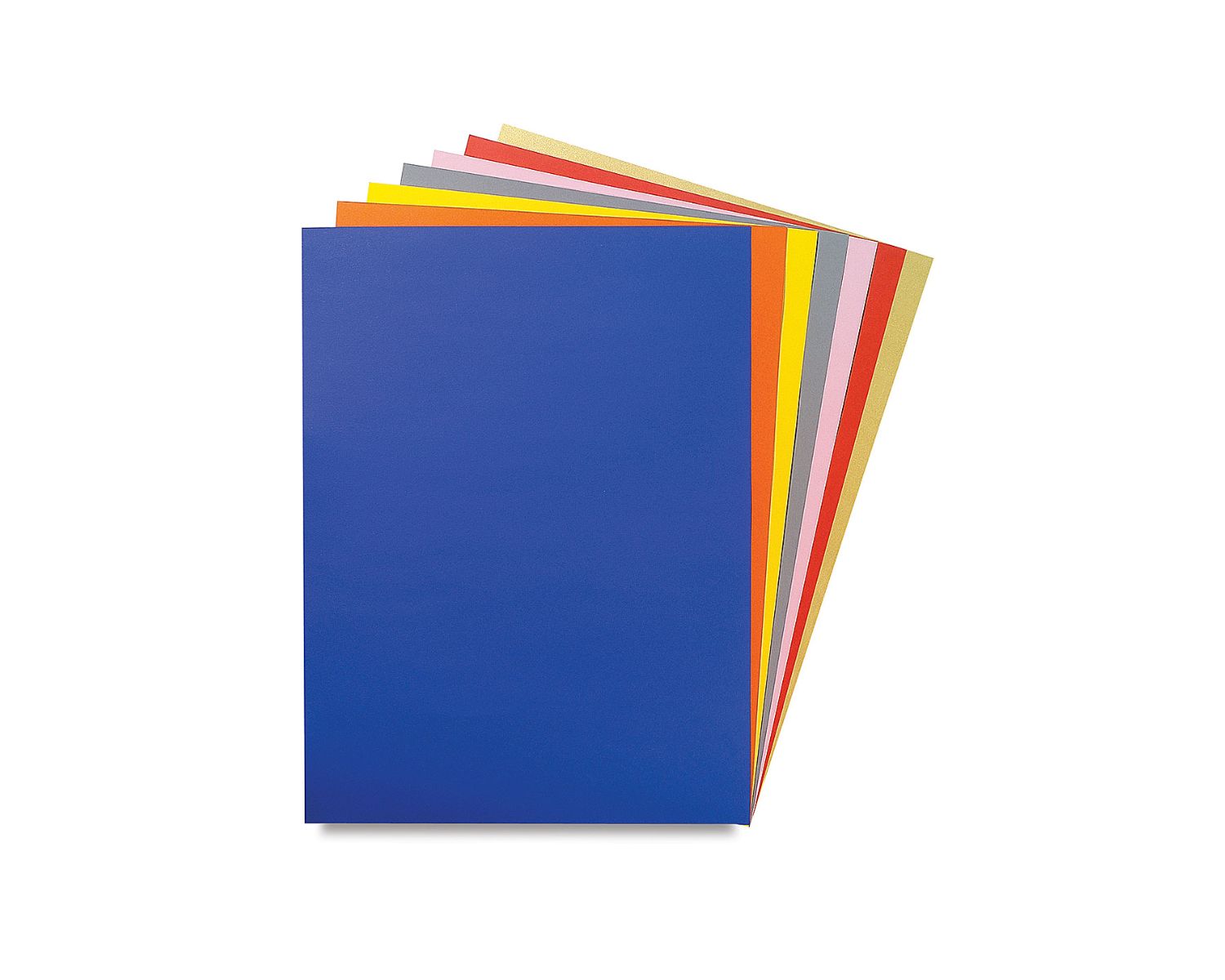

Smart Home Devices
How To Print Cardstock On HP Printer
Modified: August 28, 2024
Learn how to print cardstock on your HP printer for high-quality smart home devices. Follow our step-by-step guide for professional results.
(Many of the links in this article redirect to a specific reviewed product. Your purchase of these products through affiliate links helps to generate commission for Storables.com, at no extra cost. Learn more)
Introduction
Welcome to the world of printing on cardstock with your HP printer! Whether you're creating personalized greeting cards, eye-catching invitations, or professional-quality business cards, cardstock offers a sturdy and versatile medium for your printing needs. In this comprehensive guide, we'll delve into the nuances of printing on cardstock using an HP printer, covering everything from understanding cardstock to troubleshooting common issues.
Printing on cardstock requires a different approach than standard paper due to its thickness and rigidity. While HP printers are renowned for their exceptional print quality and reliability, achieving optimal results on cardstock necessitates a few adjustments to the printer settings. By following the guidelines outlined in this article, you'll be equipped with the knowledge and techniques to produce stunning prints on cardstock with your HP printer.
Throughout this guide, we'll explore the intricacies of cardstock, delve into the considerations for selecting the right HP printer, and provide detailed instructions for setting up your printer and adjusting the necessary settings. Additionally, we'll walk you through the printing process and offer troubleshooting tips to address common issues that may arise.
Whether you're a seasoned printing enthusiast or a newcomer to the world of cardstock printing, this article is designed to empower you with the expertise needed to unleash the full potential of your HP printer when working with cardstock. Let's embark on this journey together and unlock the remarkable possibilities of printing on cardstock with your HP printer.
Key Takeaways:
- Master the art of printing on cardstock with your HP printer by understanding its unique properties, choosing the right printer, and adjusting settings for exceptional results.
- Unleash your creativity and bring designs to life on sturdy cardstock with confidence, using your HP printer to achieve vibrant, professional-quality prints.
Read more: How To Print On Cardstock On A Canon Printer
Understanding Cardstock
Cardstock, also known as cover stock or pasteboard, is a durable and versatile paper variety that is notably thicker and stiffer than standard writing or printing paper. This heavyweight paper is commonly used for crafting greeting cards, invitations, business cards, scrapbooking, and various artistic projects. Its robust nature makes it ideal for applications where durability and a professional appearance are paramount.
Cardstock is available in a range of thicknesses, typically measured in pounds (lb) or points (pt). The higher the pound or point value, the thicker the cardstock. Common weights include 65 lb, 80 lb, 100 lb, and 120 lb, with heavier options available for specialized applications. Additionally, cardstock comes in various finishes, such as matte, glossy, and textured, allowing for diverse aesthetic choices.
When selecting cardstock for printing, consider the specific requirements of your project. For instance, a substantial weight may be preferable for creating sturdy business cards, while a lighter weight may suffice for crafting decorative paper crafts. Furthermore, the finish of the cardstock can influence the visual impact of the printed material, with matte finishes offering a subdued elegance and glossy finishes providing a vibrant, reflective surface.
It’s important to note that the thickness of cardstock can present challenges when printing, as not all printers are optimized for handling heavyweight paper. However, HP printers are renowned for their ability to accommodate various paper types, including cardstock, with precision and reliability.
Understanding the characteristics of cardstock, including weight, finish, and intended use, is crucial for achieving exceptional printing results. By grasping the unique properties of cardstock, you can make informed decisions when selecting the most suitable paper for your printing projects and maximize the visual and tactile impact of your creations.
Choosing the Right HP Printer
When it comes to printing on cardstock, selecting the right HP printer is essential for achieving optimal results. HP offers a diverse range of printers, each designed to cater to specific printing needs, including the capability to handle cardstock and other heavyweight papers. Consider the following factors when choosing an HP printer for your cardstock printing endeavors:
- Media Handling Capabilities: Look for an HP printer that explicitly supports cardstock and heavyweight media. Printers equipped with a straight paper path or manual feed option are well-suited for handling thicker paper types, ensuring smooth paper transport and preventing jams.
- Print Quality: Opt for an HP printer renowned for its exceptional print quality. High-resolution printing capabilities and advanced ink or toner technologies can elevate the visual impact of your prints on cardstock, delivering sharp text, vivid colors, and fine details.
- Versatility: Choose an HP printer that offers versatility in paper handling. Look for adjustable paper trays and the ability to accommodate various paper sizes and weights, allowing for seamless printing on cardstock and other specialty media.
- Compatibility: Ensure that the HP printer is compatible with the operating systems and software applications you intend to use for designing and printing on cardstock. Compatibility with graphic design software and print drivers is crucial for a streamlined printing workflow.
- User-Friendly Features: Consider printers with intuitive control panels, wireless connectivity options, and user-friendly software interfaces. These features can enhance the overall printing experience and simplify the setup and printing process for cardstock projects.
HP offers a range of inkjet and laser printers that are well-suited for printing on cardstock, catering to both home and professional printing needs. Whether you require a compact inkjet printer for occasional cardstock printing or a high-performance laser printer for business-oriented projects, HP has a printer to meet your specific requirements.
By carefully evaluating the media handling capabilities, print quality, versatility, compatibility, and user-friendly features of HP printers, you can make an informed decision and select a printer that empowers you to unleash the full potential of cardstock printing. With the right HP printer at your disposal, you’ll be poised to embark on a seamless and rewarding cardstock printing journey.
Setting Up Your HP Printer for Cardstock
Before delving into the intricacies of printing on cardstock, it’s crucial to ensure that your HP printer is properly set up to handle this heavyweight paper with precision and reliability. Follow these steps to prepare your HP printer for seamless cardstock printing:
- Choose a Stable Location: Position your HP printer on a flat, stable surface to ensure proper paper feed and output. Avoid placing the printer near edges or corners that may obstruct the paper path.
- Load the Paper Tray: If your HP printer features adjustable paper trays, adjust the tray guides to accommodate the dimensions of the cardstock. Ensure that the cardstock is loaded neatly and aligns with the guides to prevent misfeeds or jams.
- Utilize Manual Feed Option: If your printer has a manual feed option, consider using it for cardstock printing. This bypasses the regular paper path and provides a more direct route for feeding heavyweight paper, minimizing the risk of paper jams.
- Check Printer Specifications: Refer to the printer’s manual or specifications to verify the maximum supported weight and thickness for cardstock. Ensure that the cardstock you intend to use falls within the recommended parameters to prevent potential damage to the printer.
- Perform Test Prints: Before initiating a full cardstock printing job, conduct test prints on standard paper to ensure that the printer is functioning optimally. This allows you to assess print quality, alignment, and color accuracy before committing to cardstock printing.
By meticulously setting up your HP printer for cardstock printing, you can mitigate potential issues and lay the foundation for a smooth and efficient printing process. Proper printer setup is instrumental in ensuring that your cardstock projects are executed with precision and produce professional-quality results.
Make sure to adjust the printer settings to “Cardstock” or “Heavyweight” paper type. Also, feed the cardstock one sheet at a time to prevent jams.
Adjusting Printer Settings
Optimizing the printer settings is paramount when preparing to print on cardstock with your HP printer. By adjusting the settings to accommodate the unique characteristics of cardstock, you can enhance print quality, prevent paper jams, and ensure seamless paper handling. Here’s a comprehensive guide to adjusting the printer settings for cardstock printing:
- Paper Type Selection: Access the printer settings on your computer and navigate to the paper type or media type options. Select “Cardstock” or “Heavyweight” as the paper type to inform the printer of the specific paper characteristics, allowing it to adjust the print settings accordingly.
- Print Quality: Choose the highest available print quality setting to achieve crisp, vibrant prints on cardstock. Opting for high-quality print settings enhances color saturation and detail reproduction, resulting in professional-looking output.
- Paper Size and Thickness: Verify that the paper size and thickness settings align with the dimensions and weight of the cardstock being used. Accurate paper size and thickness settings prevent misfeeds and ensure proper paper handling within the printer.
- Print Speed: Consider adjusting the print speed to a moderate setting when printing on cardstock. Slower print speeds can improve ink or toner adhesion to the paper surface and reduce the risk of smudging, especially on glossy or textured cardstock.
- Color Management: If your printing project necessitates precise color reproduction, explore the color management options within the printer settings. Calibration tools and color correction features can refine color accuracy and consistency for your cardstock prints.
- Printer Maintenance: Prior to initiating the cardstock printing process, perform a printer maintenance cycle to ensure that the print heads or toner cartridges are functioning optimally. This includes aligning print heads, cleaning ink nozzles, or calibrating toner density, if applicable.
By meticulously adjusting the printer settings to accommodate cardstock, you can optimize print quality, minimize the risk of paper jams, and tailor the printing process to the unique attributes of heavyweight paper. These settings empower your HP printer to deliver exceptional results when printing on cardstock, elevating the visual impact of your projects and ensuring a seamless printing experience.
Read more: How To Print Pictures On HP Printer
Printing Your Cardstock
With your HP printer primed and the settings adjusted for cardstock printing, it’s time to embark on the exhilarating process of bringing your designs to life on this sturdy and versatile medium. Follow these steps to ensure a successful and rewarding cardstock printing experience:
- Design Preparation: Create or finalize your design using graphic design software, ensuring that it is formatted to the dimensions of the cardstock. Verify that the design elements are positioned within the printable area and that the colors and imagery are optimized for the intended print quality.
- Load the Cardstock: Place the cardstock in the printer’s paper tray or manual feed slot, aligning it according to the printer’s guidelines. Ensure that the cardstock is loaded neatly and securely to facilitate smooth paper transport during printing.
- Print Preview: Before initiating the print job, utilize the print preview feature to assess how the design will appear on the cardstock. This allows you to confirm the layout, orientation, and sizing of the design, minimizing the risk of misprints or layout discrepancies.
- Initiate Printing: Send the print job to your HP printer, ensuring that the printer settings align with the requirements of the cardstock, such as paper type, size, and print quality. Monitor the printing process initially to address any potential issues and ensure that the cardstock feeds smoothly through the printer.
- Allow for Drying Time: Once the printing is complete, allow the cardstock prints to dry thoroughly before handling them. This is especially crucial for inkjet prints, as the ink may need time to set and adhere to the paper surface, preventing smudging or smearing.
- Inspect the Prints: Carefully examine the printed cardstock for color accuracy, print quality, and any imperfections. Evaluate the sharpness of text, the vibrancy of colors, and the overall fidelity of the design to ensure that the prints meet your expectations.
By following these steps, you can navigate the cardstock printing process with confidence and precision, culminating in beautifully printed designs that showcase the resilience and visual allure of cardstock. Whether you’re producing personalized greeting cards, captivating invitations, or striking business collateral, your HP printer is poised to elevate your cardstock printing endeavors to new heights of excellence.
Troubleshooting Common Issues
While printing on cardstock with your HP printer is a gratifying endeavor, it may occasionally present challenges that require troubleshooting to ensure optimal results. Familiarize yourself with the following common issues and their respective solutions to navigate potential obstacles with confidence:
- Paper Jams: If the printer experiences paper jams when printing on cardstock, verify that the paper path is clear of obstructions and that the cardstock is loaded neatly and aligned with the printer’s specifications. Consider utilizing the manual feed option for smoother paper transport.
- Print Quality Issues: If the printed designs exhibit streaks, smudges, or uneven ink or toner distribution, perform a printer maintenance cycle to clean the print heads or toner cartridges. Additionally, ensure that the printer settings align with the recommended settings for cardstock printing, such as print quality and paper type selection.
- Feeding Problems: In cases where the cardstock fails to feed or align properly during printing, inspect the paper tray or manual feed slot for any misalignment or debris that may hinder paper transport. Adjust the paper guides and ensure that the cardstock is loaded securely to facilitate smooth feeding.
- Color Accuracy: If the printed colors deviate from the expected hues or lack vibrancy, consider calibrating the printer’s color management settings to refine color accuracy. Additionally, verify that the design files adhere to color profiles suitable for the intended print quality and paper type.
- Print Alignment: Should the printed designs appear misaligned or off-center on the cardstock, review the design file to confirm that it is formatted to the correct dimensions and orientation. Adjust the print settings to ensure that the printer accurately interprets and reproduces the design’s layout.
By addressing these common issues proactively and implementing the recommended solutions, you can overcome potential obstacles encountered during cardstock printing with your HP printer. Troubleshooting with precision and attentiveness empowers you to consistently produce exceptional prints on cardstock, showcasing the full potential of your HP printer and the resilience of this heavyweight printing medium.
Conclusion
Congratulations on embarking on a comprehensive journey into the realm of printing on cardstock with your HP printer. Armed with a deeper understanding of cardstock, insights into choosing the right HP printer, and the knowledge to set up, adjust, and troubleshoot the printing process, you are well-equipped to unleash the full potential of this remarkable printing medium.
Cardstock opens a world of creative possibilities, allowing you to craft personalized greeting cards, captivating invitations, and professional-quality business collateral with confidence and finesse. By harnessing the capabilities of your HP printer and navigating the nuances of cardstock printing, you have the power to bring your designs to life with precision, vibrancy, and enduring quality.
As you venture into the realm of cardstock printing, remember that experimentation and refinement are integral to mastering this art form. Embrace the process of fine-tuning printer settings, exploring diverse cardstock weights and finishes, and honing your design skills to elevate your cardstock projects to new heights of excellence.
Whether you’re a seasoned printing enthusiast or a newcomer to the world of cardstock, your HP printer stands as a reliable and versatile ally in your creative endeavors. Embrace the resilience and visual allure of cardstock, and let your imagination soar as you breathe life into your designs through the art of cardstock printing.
With the insights gained from this guide and the boundless potential of cardstock at your fingertips, you are poised to embark on a rewarding and enriching journey of creativity, innovation, and exceptional printing experiences. Unleash the power of cardstock printing with your HP printer, and revel in the artistry and impact of your printed creations.
Frequently Asked Questions about How To Print Cardstock On HP Printer
Was this page helpful?
At Storables.com, we guarantee accurate and reliable information. Our content, validated by Expert Board Contributors, is crafted following stringent Editorial Policies. We're committed to providing you with well-researched, expert-backed insights for all your informational needs.
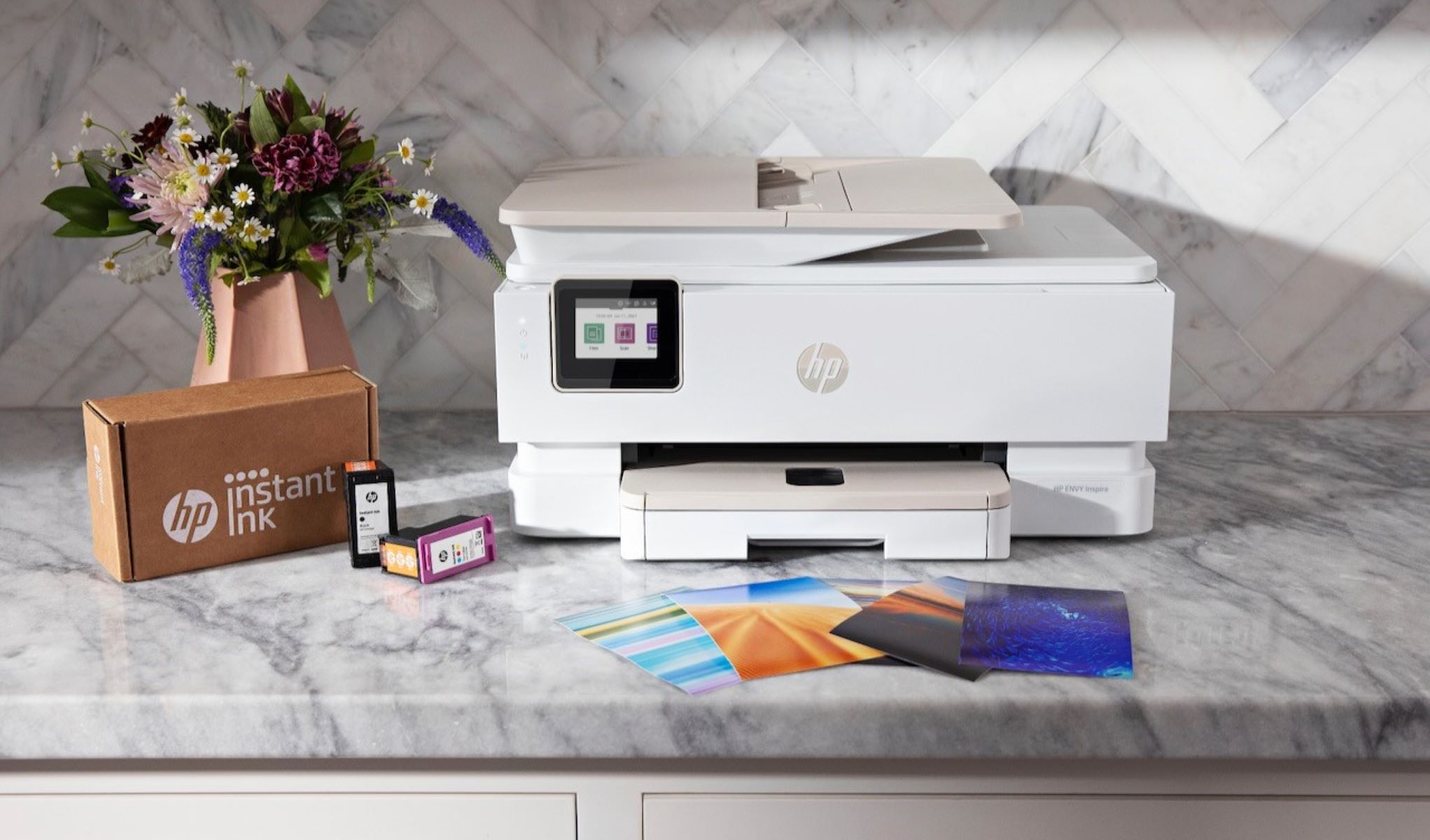
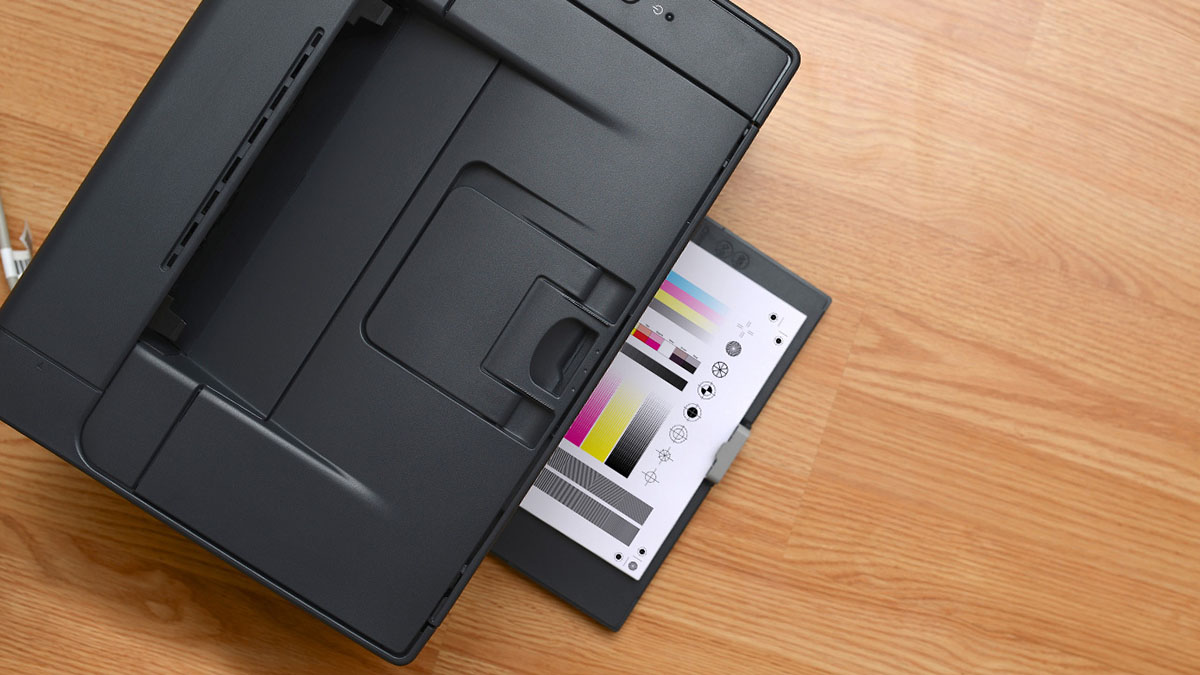
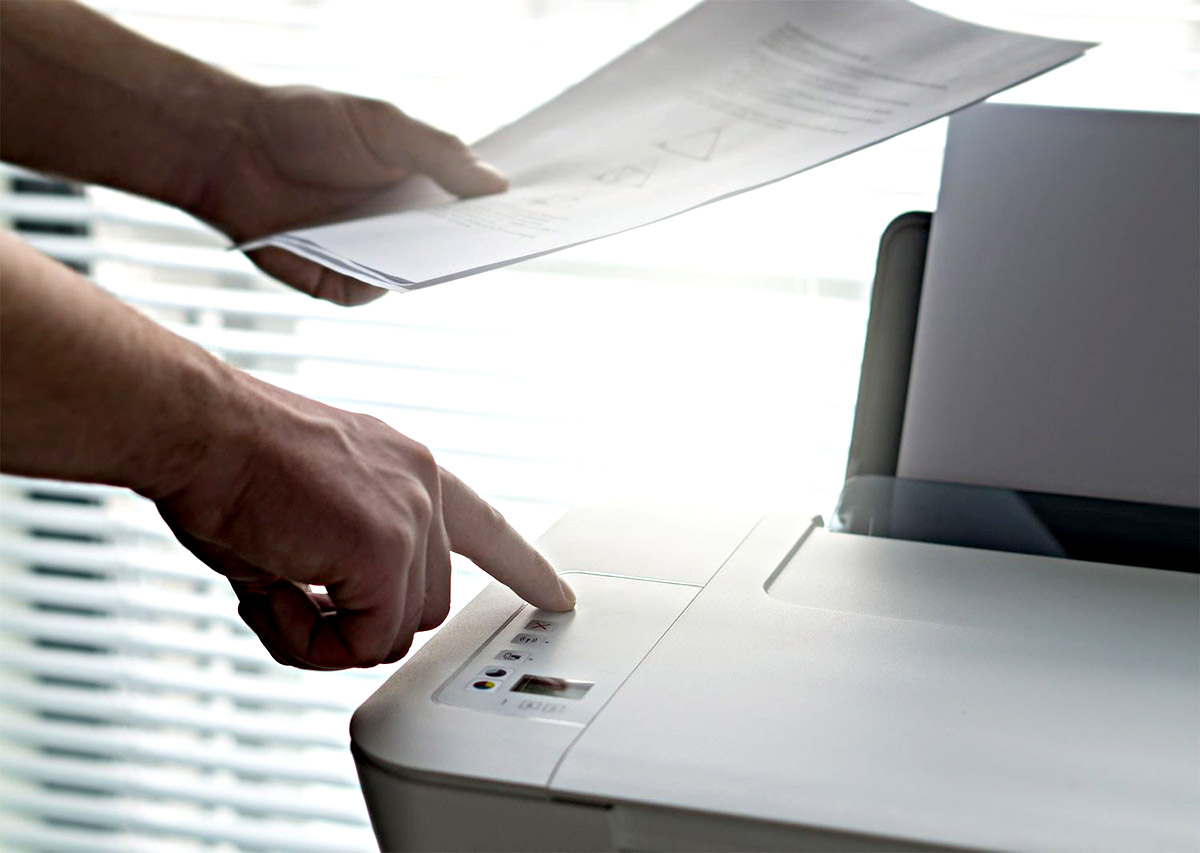
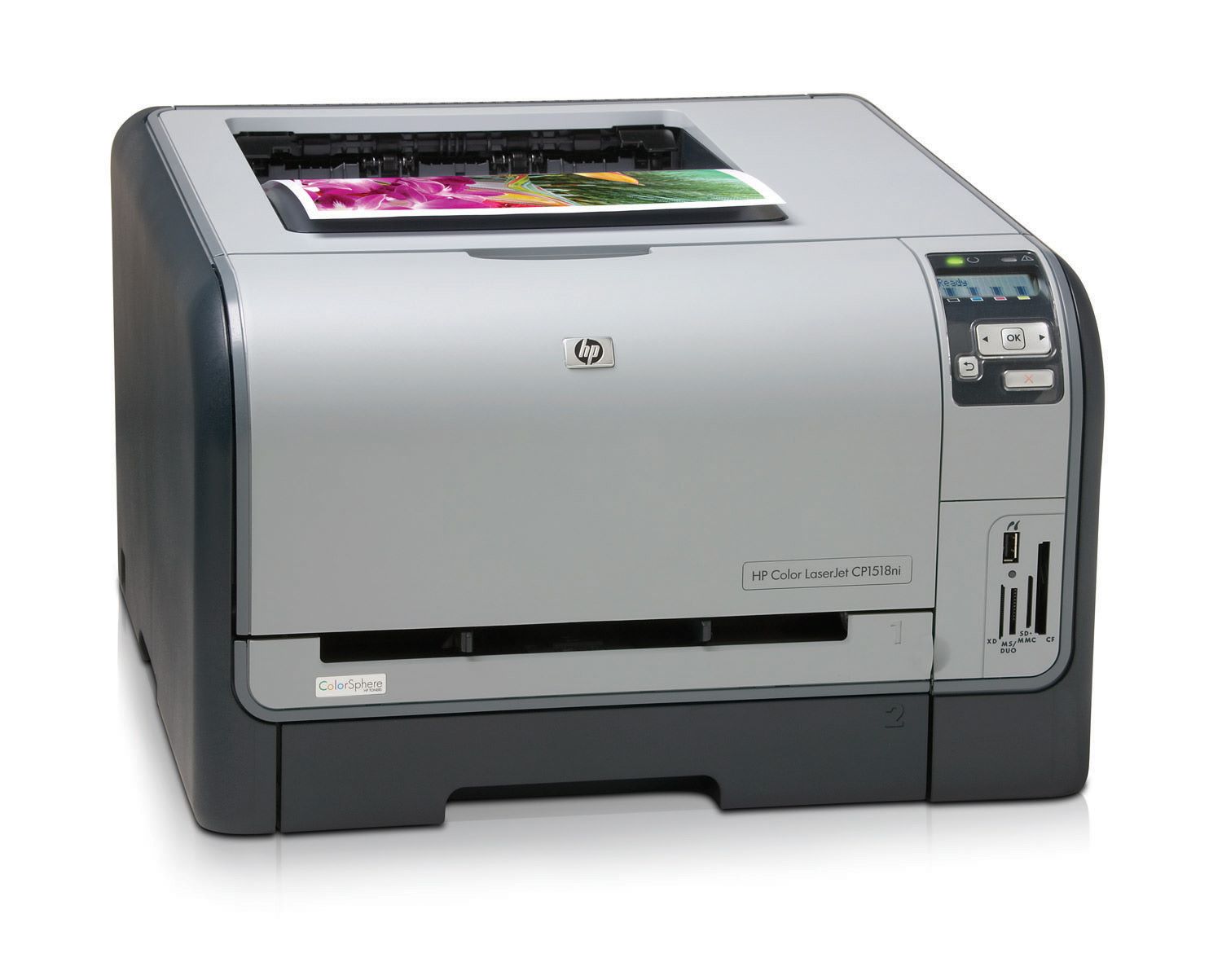
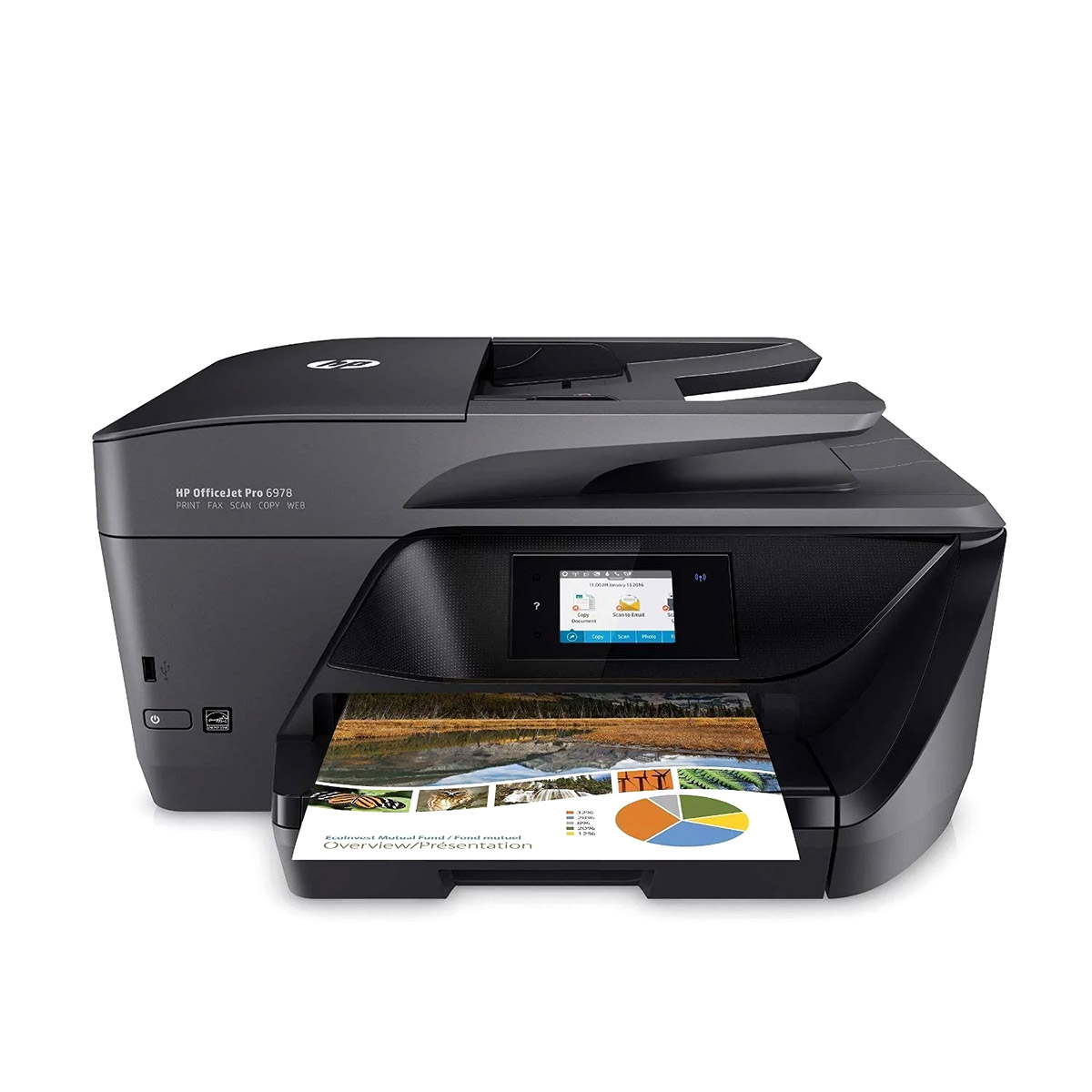
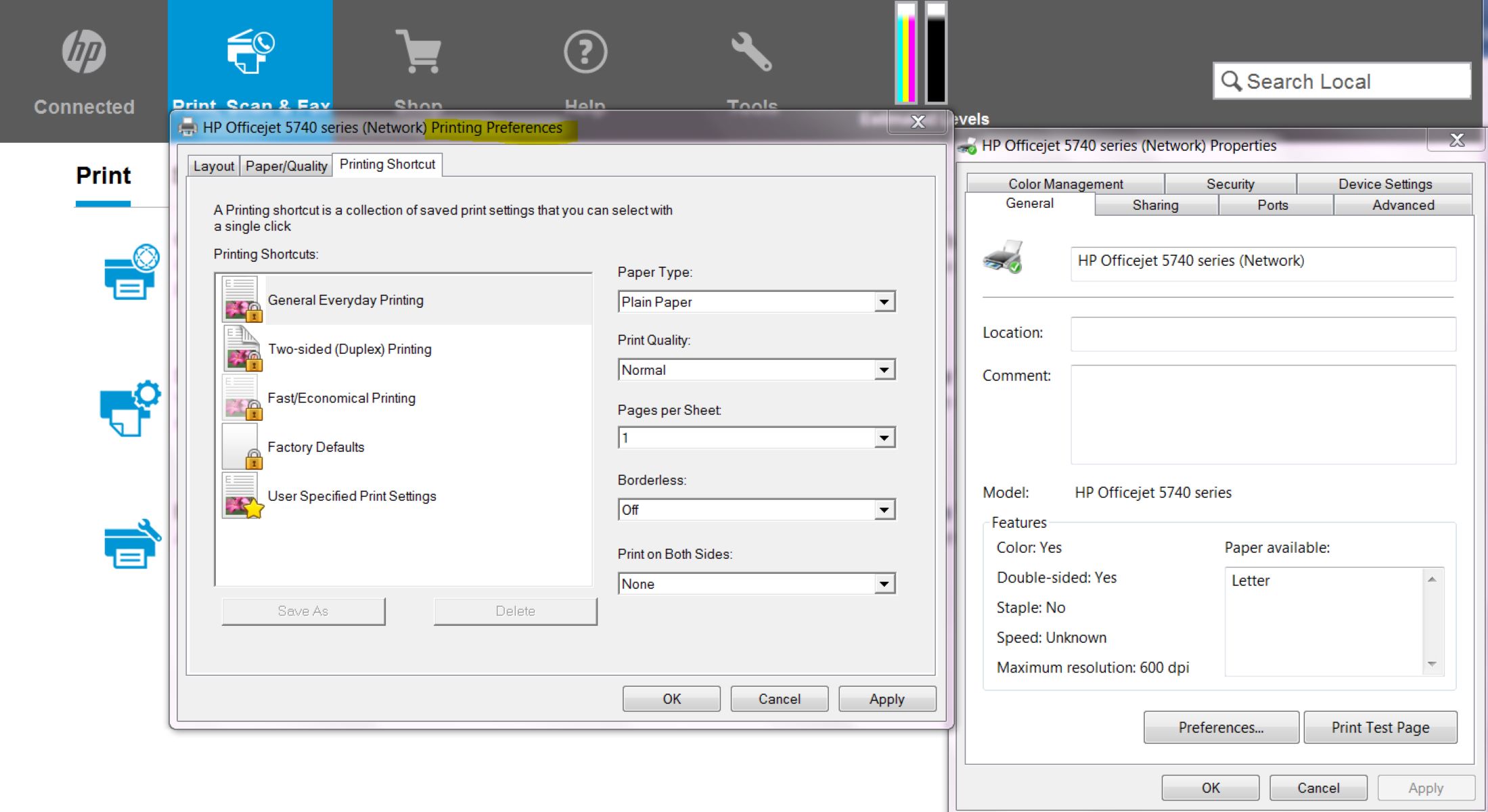
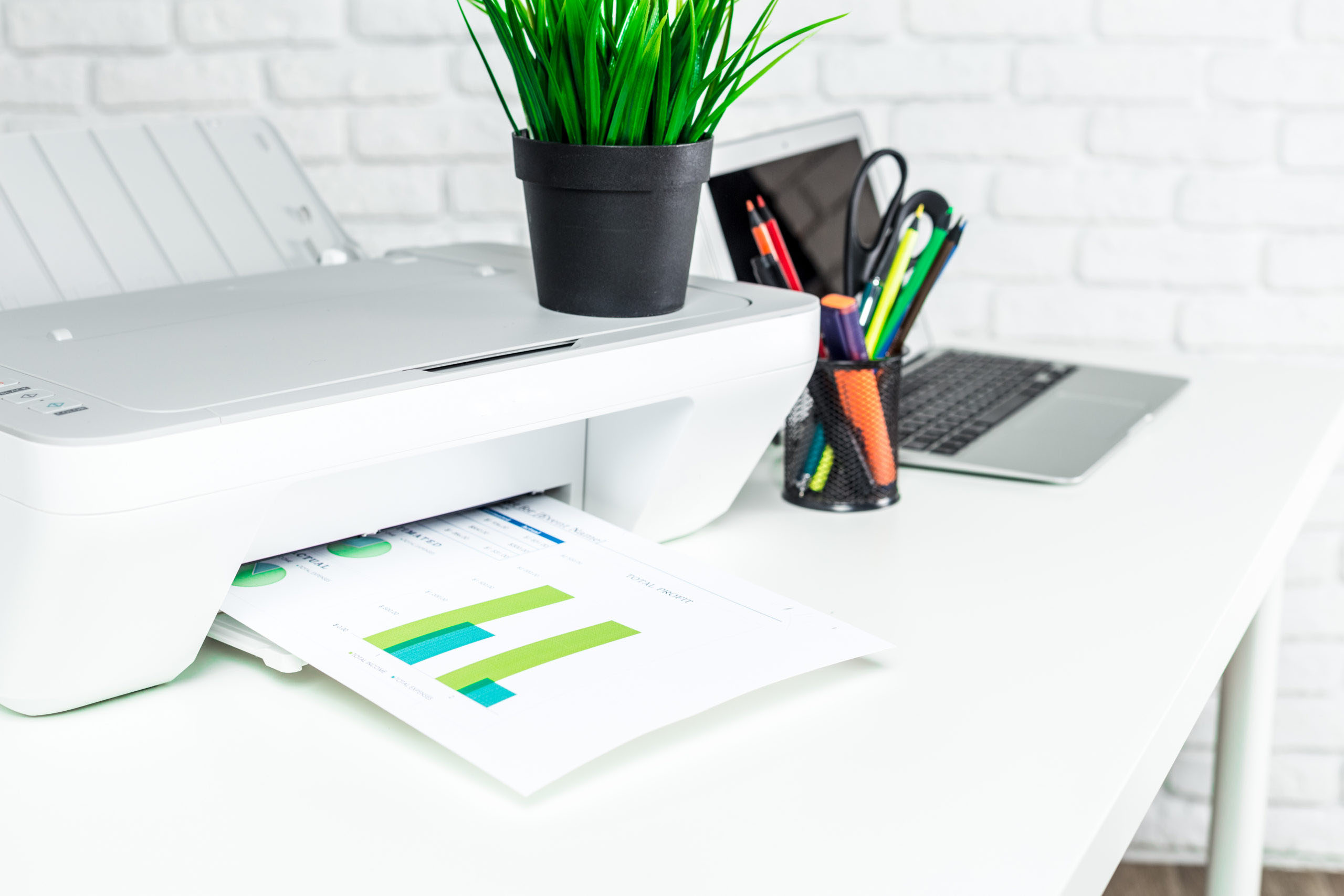
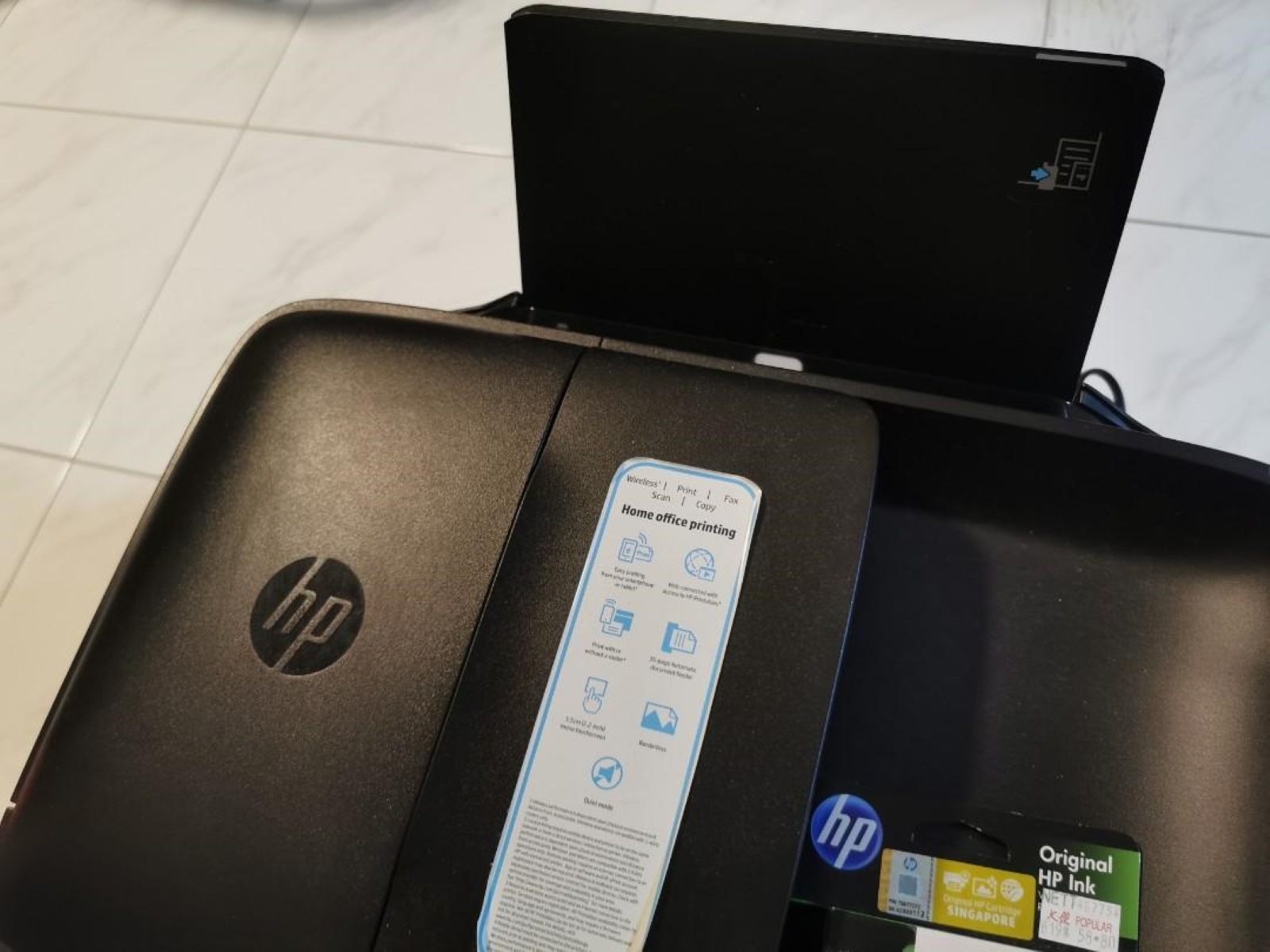
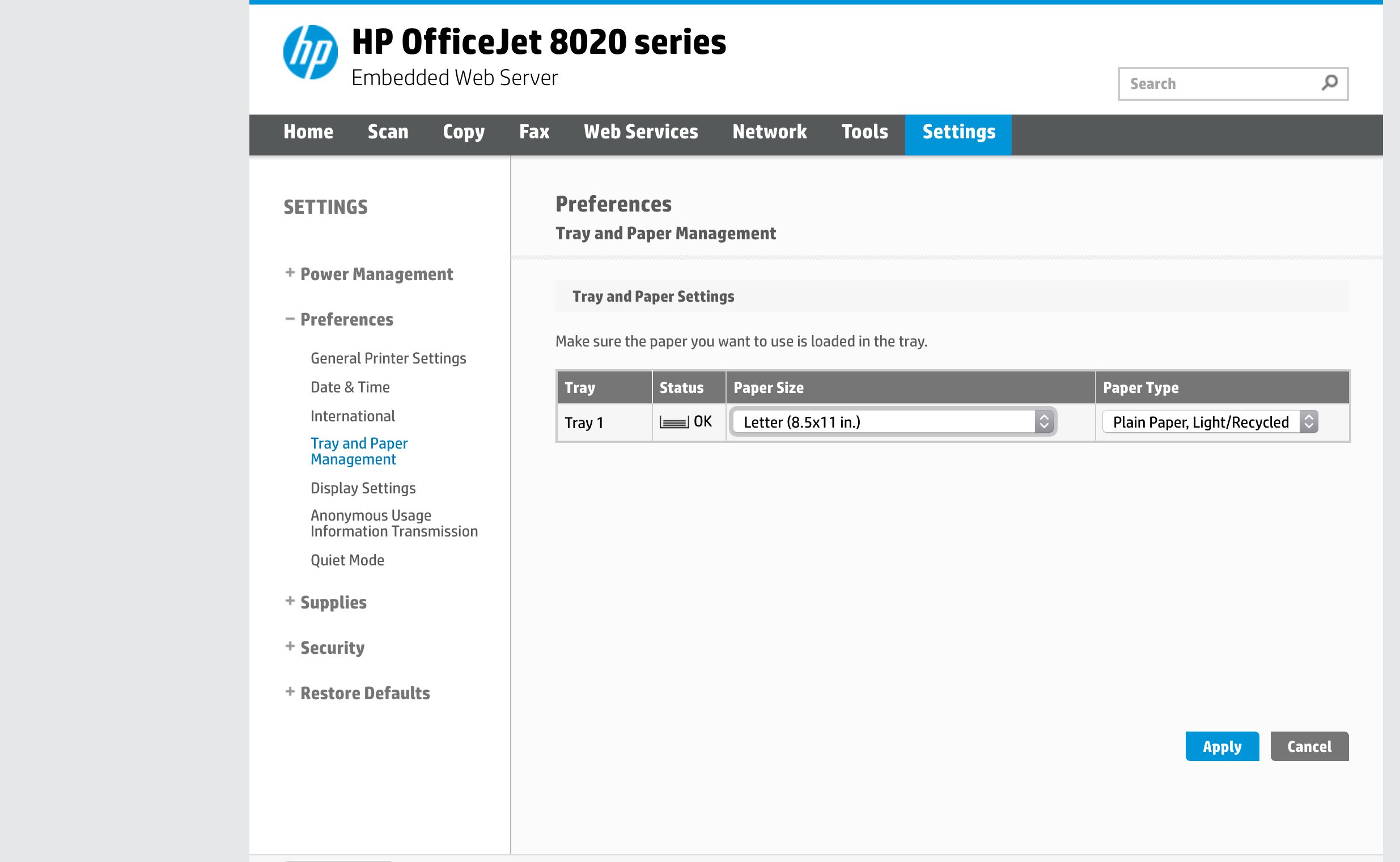
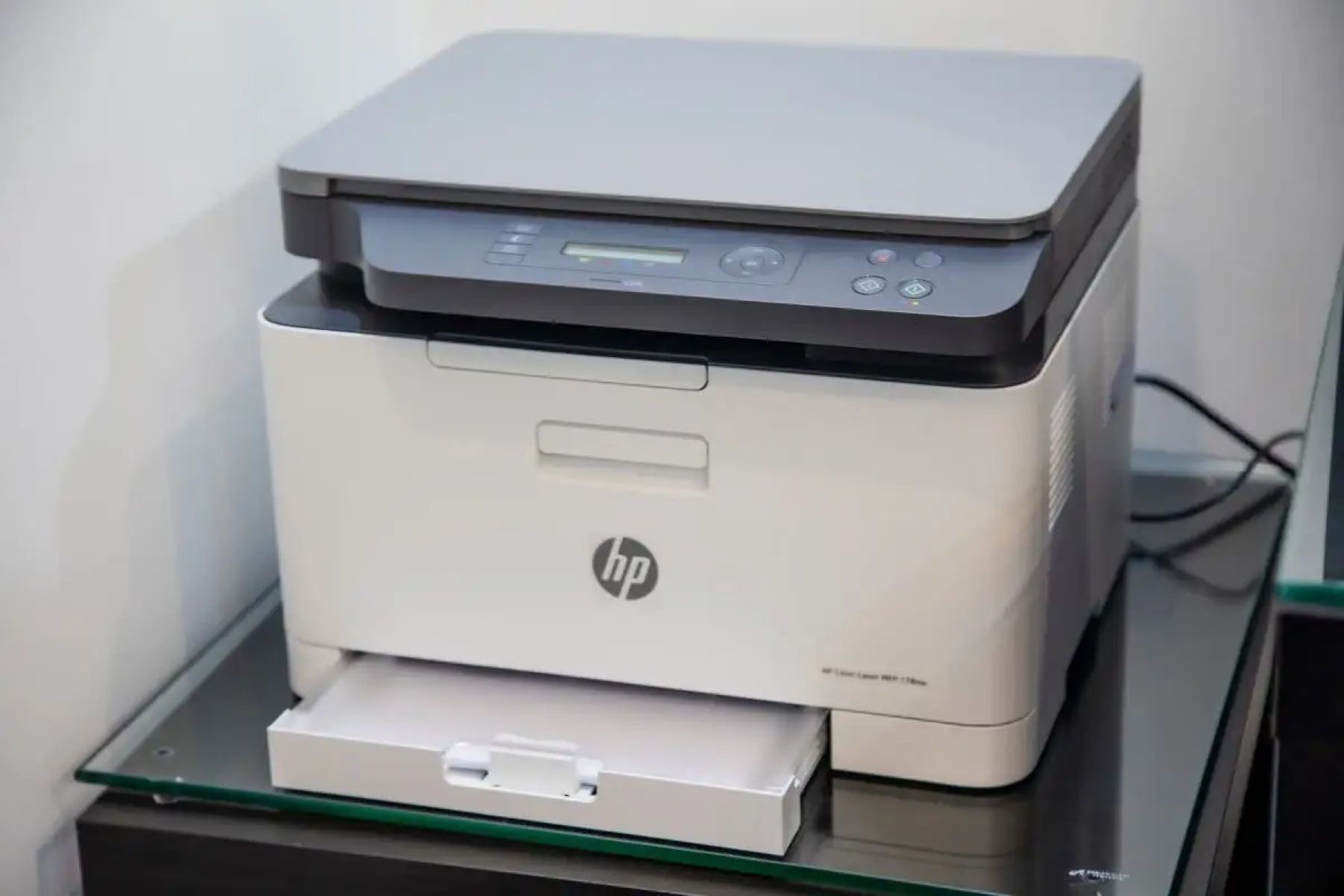
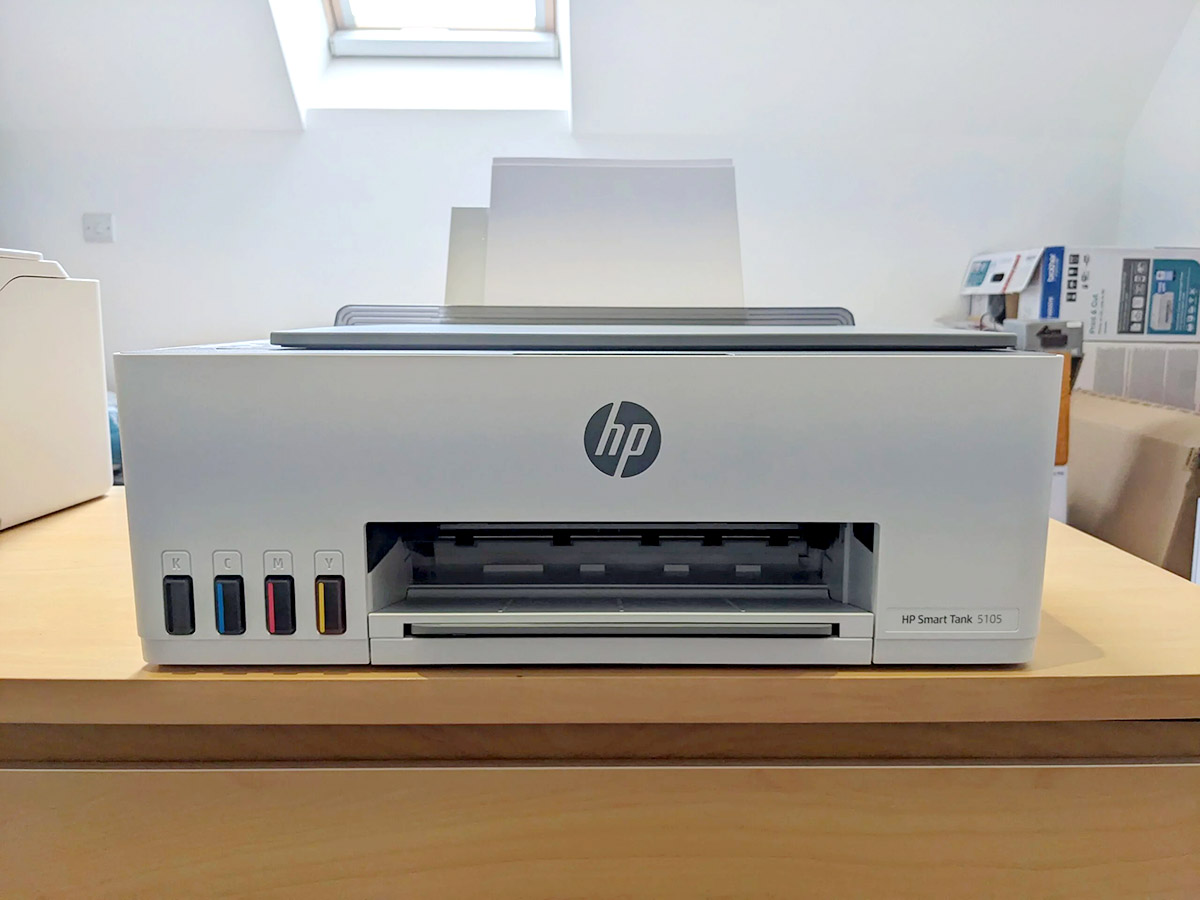
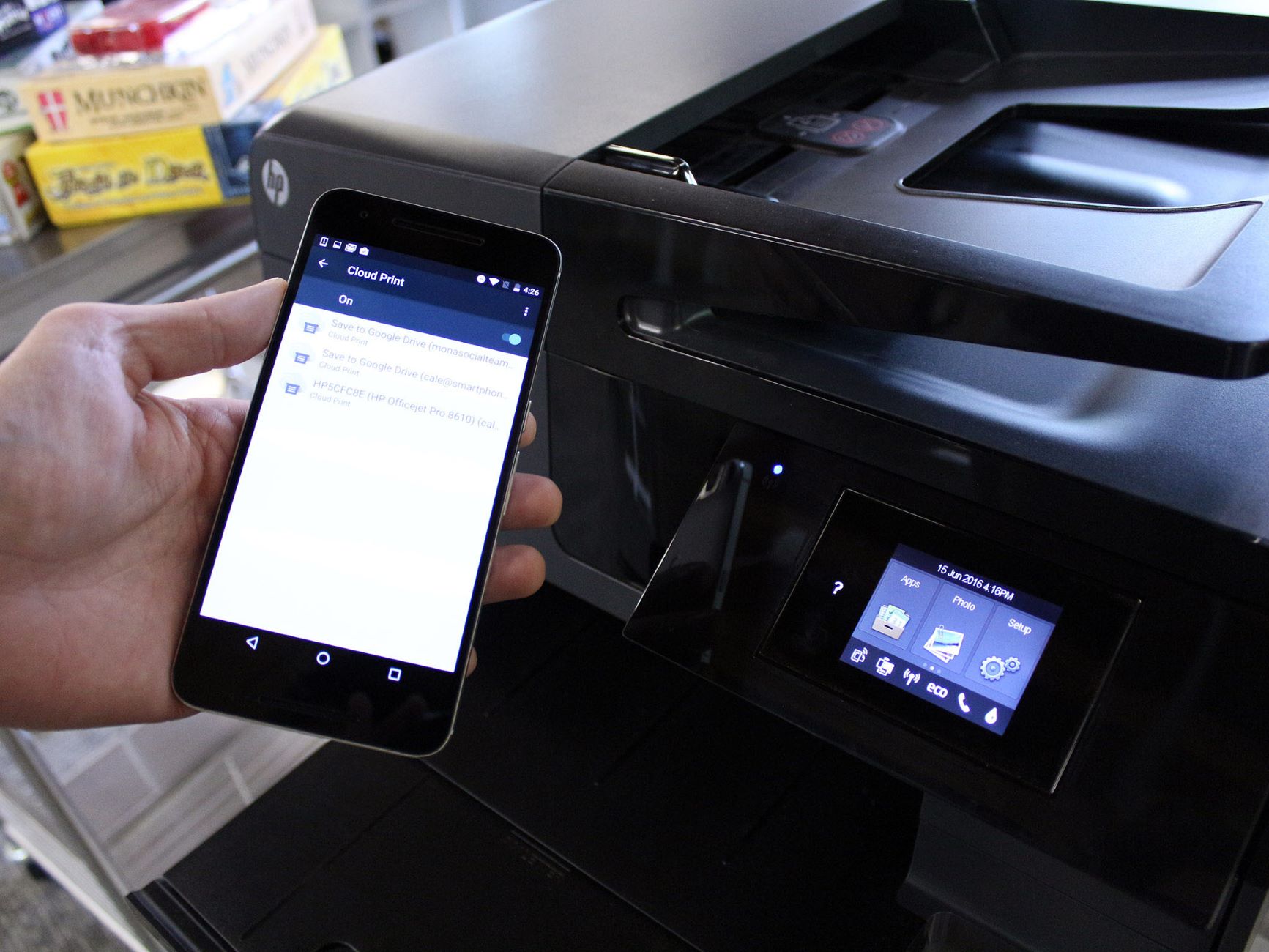
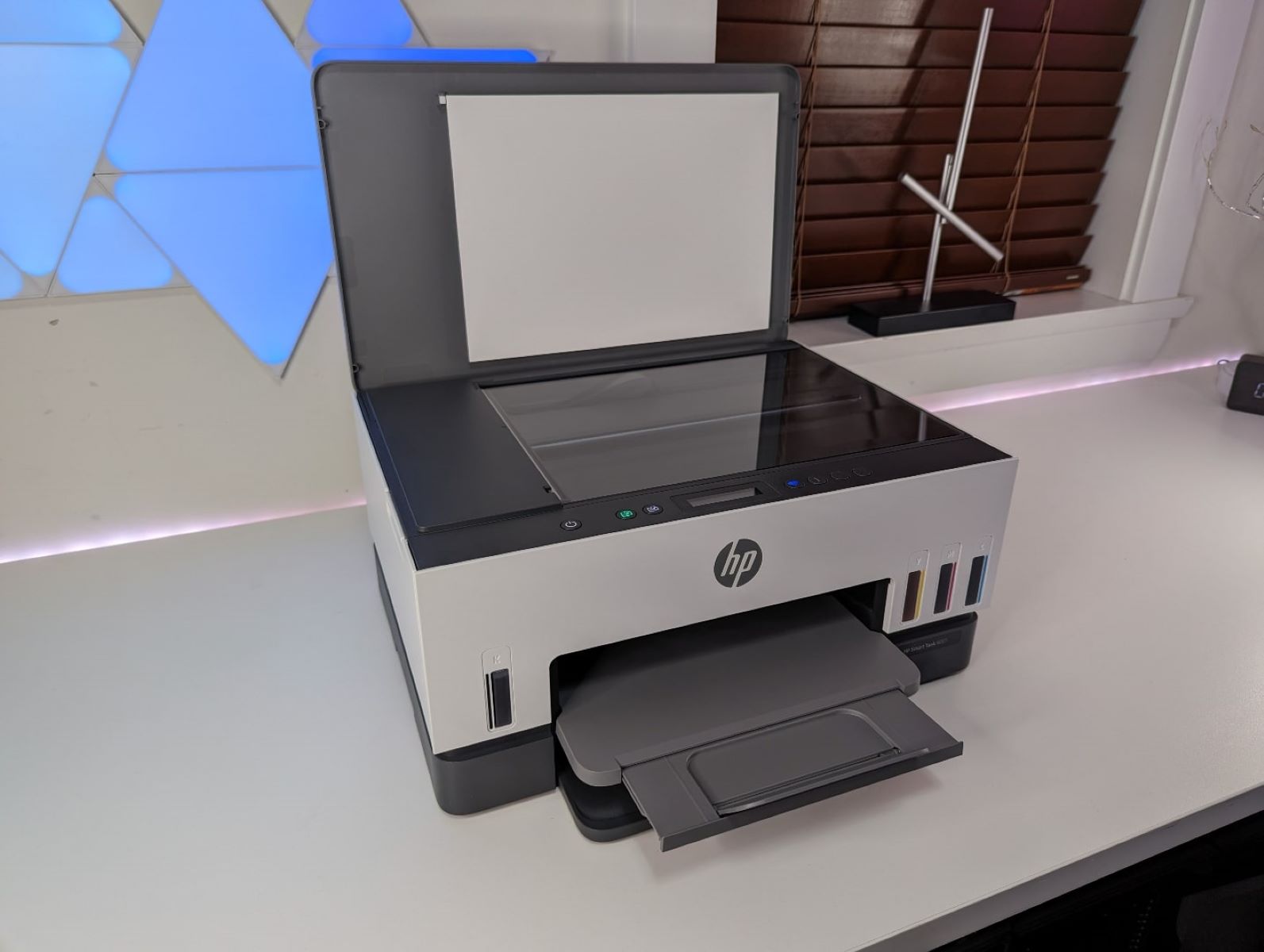
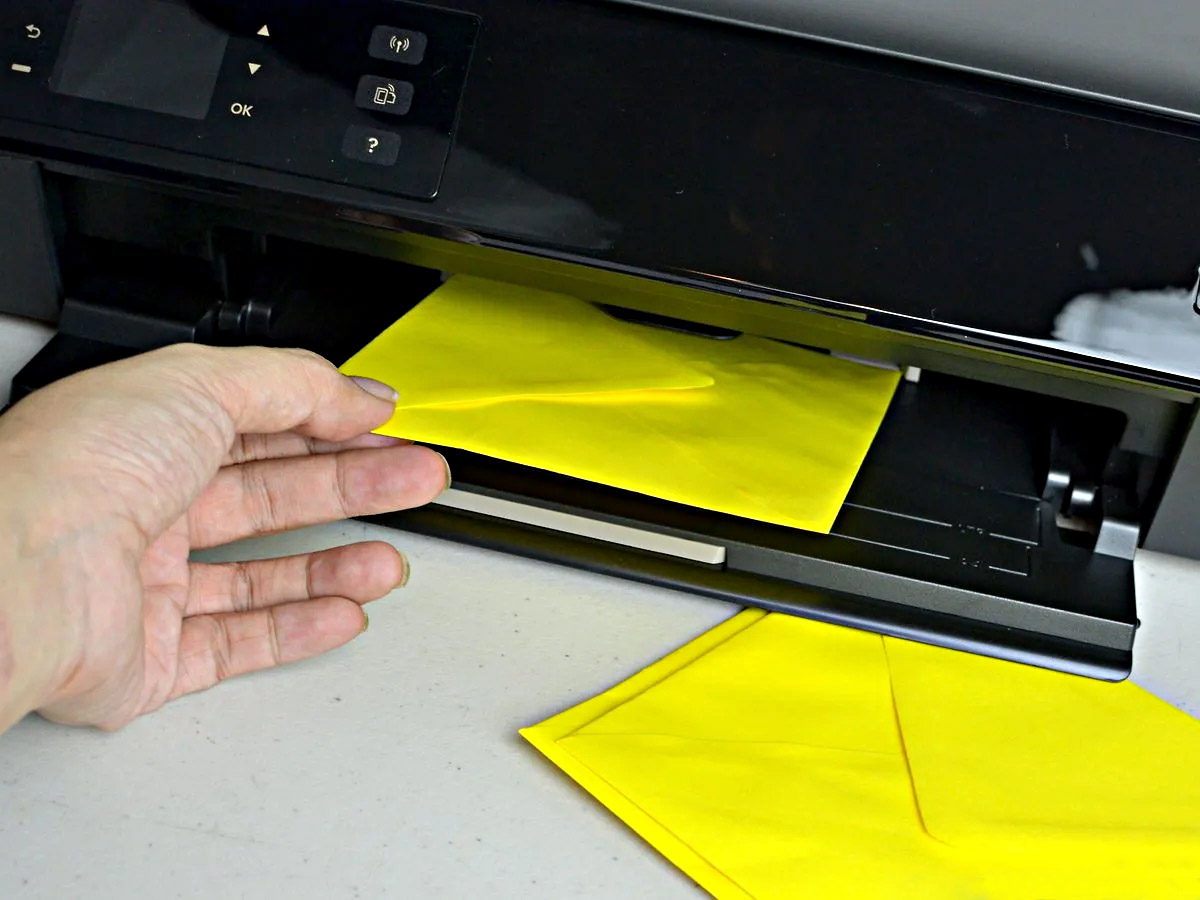

0 thoughts on “How To Print Cardstock On HP Printer”